More and more people are leaning towards building a custom home since it allows them…

How to Choose your Block of Land
When it comes to choosing a block of land for your new home, price isn’t the only factor requiring consideration.
Some sites are easier to build on than others. However, the easy sites aren’t always the best option nor suitable to your lifestyle.
The following will help you pick the best land suited to your lifestyle, budget and future.
Location
One important fact that requires careful thought when buying a home is… location!
Location will impact the future potential capital growth of your property. Is the block close to attractions such as the beach, parks (views are a bonus) and a suitable distance to your work, shops, schools etc. New or planned infrastructure close by is another asset to consider.
Size
Consider how big the block needs to be. Do you require side access for a caravan, boat or trailer? Will you want to put in a pool or extend at some stage? Will you be building a single or double storey home? How much garden maintenance will you commit to?
Orientation
The direction the block of land faces will affect your home design. To maximize on energy efficiency, consider northern sun and southerly wind aspects. With passive solar design principles, living areas of a home should be located to the north for protection in summer and warmth in winter.
If the site has views, orientation may become superseded and whilst the design should be focused on these, other elements should not be over looked.
Neighbouring two storey homes can create overshadowing and impact the advantages of solar passive design.
Land Fall
Any slope will impact on the design and building costs. When buying land with a slope ask for any contour plans that might be available as the fall of the land can be quite deceptive and you will need to be aware of the need for retaining walls if required.
Land fall can have a big impact on the potential building cost, but does lend itself to potentially having a more interesting design.
Generally sloping blocks will require a custom design rather than off the plan to make the most of your site, and avoid big site cuts and retaining walls.
Services
The majority of new developments come fully serviced but always check exactly what is included in the cost of the block and obtain as much land information as possible.
Restrictions
Investigate if there are any planning controls, overlays, covenants or zoning and council restrictions including easements (no building zone). These factors govern what and where you can and cannot build. Red tape has caught many home owners out.
Soil & Environmental Factors
Soil conditions will vary from site to site. A soil test by an engineer will determine the correct foundation for your new home based on the results. If the soil is classified to be reactive, additional costs will be incurred by your builder; this commonly occurs.
Perhaps your dream is to build in a bush setting, be aware most councils have increasingly onerous conditions placed on homes constructed near potential fire risks which will increase the cost of your build.
The presence and location of trees on the block is important also. The shadowing of a tree and the ability to construct a home without interfering with its canopy or root zone should be investigated before buying land.
Finding the right block of land that ticks all the boxes can be difficult, however being well informed will set you in the right direction to making the best purchase possible.
For further assistance on purchasing land, refer to the Property Buyers Due Diligence Checklist.


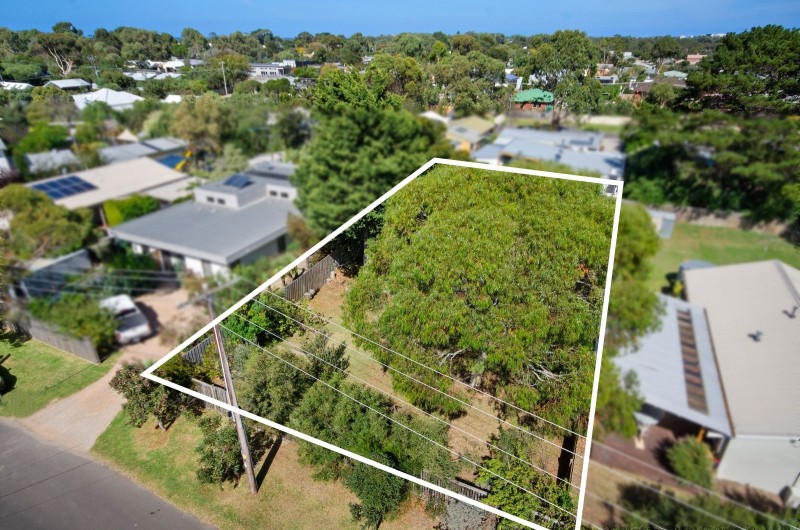
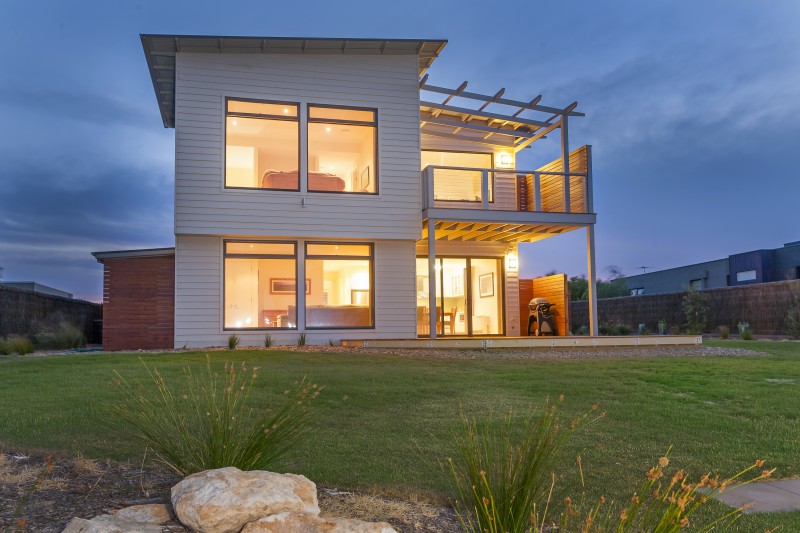
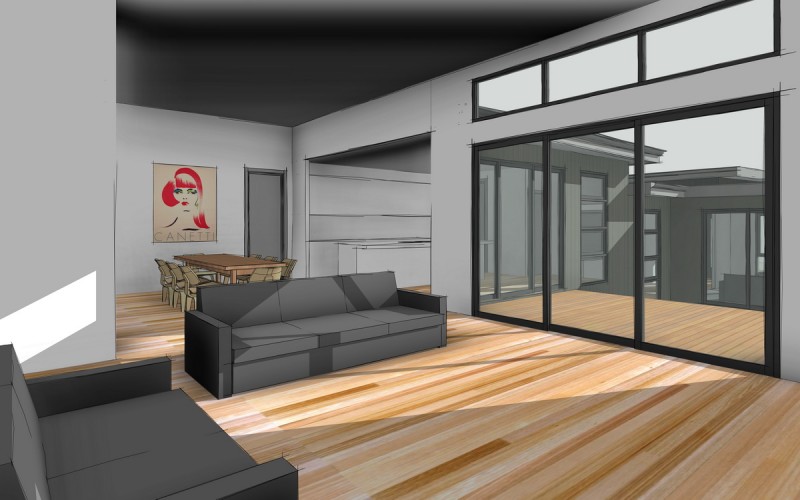

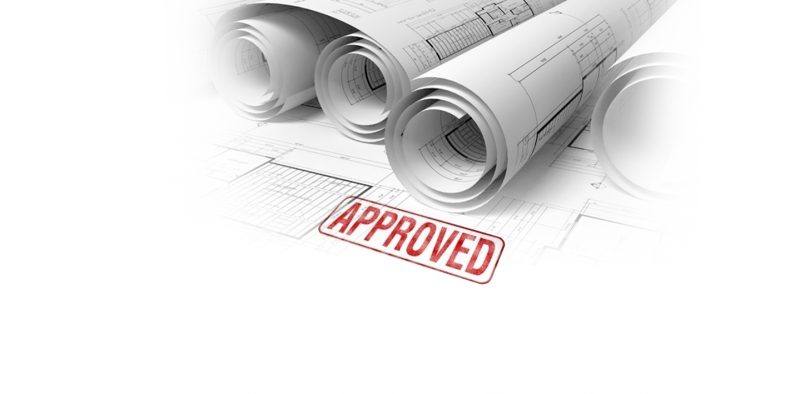



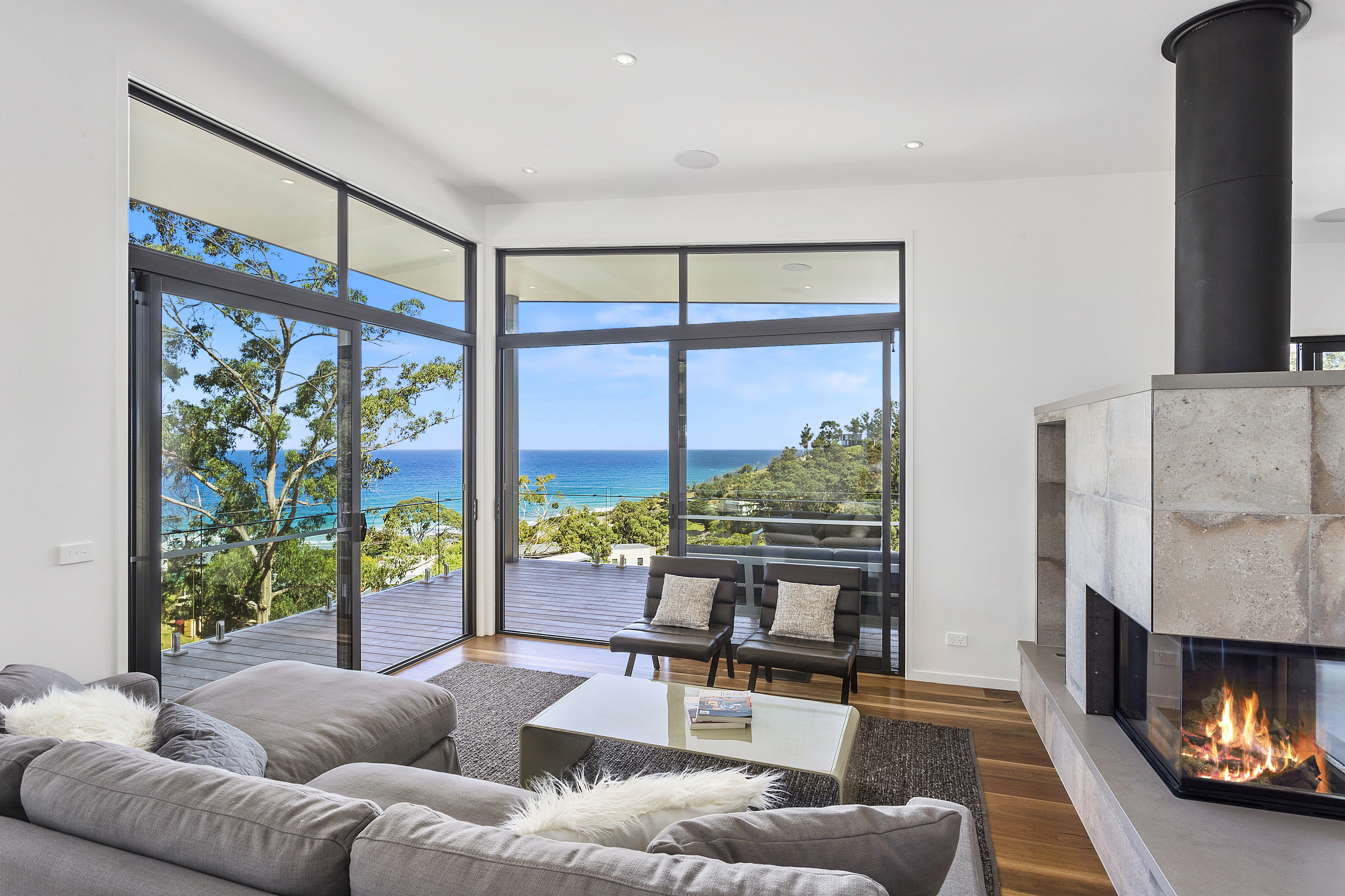
This Post Has 0 Comments